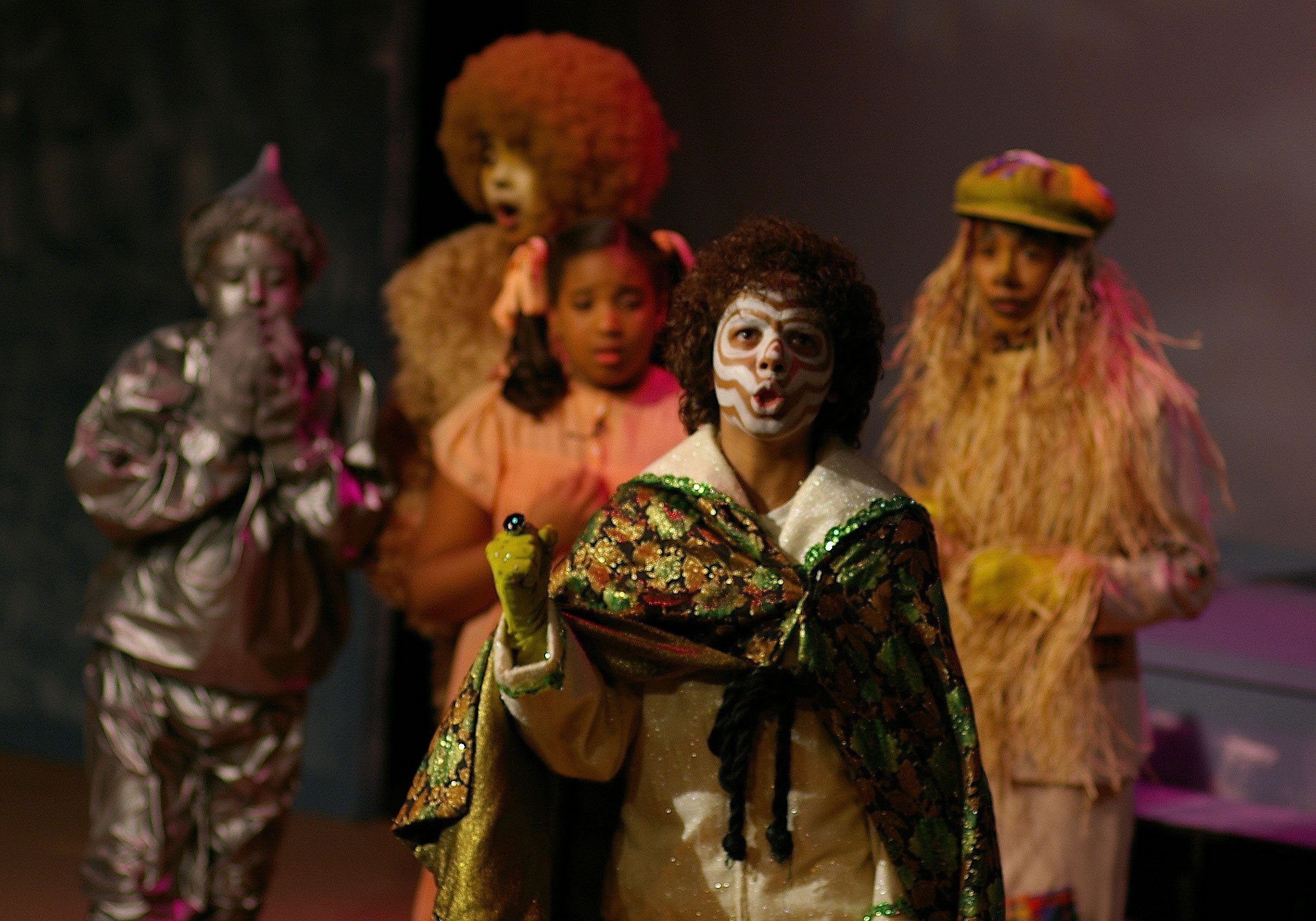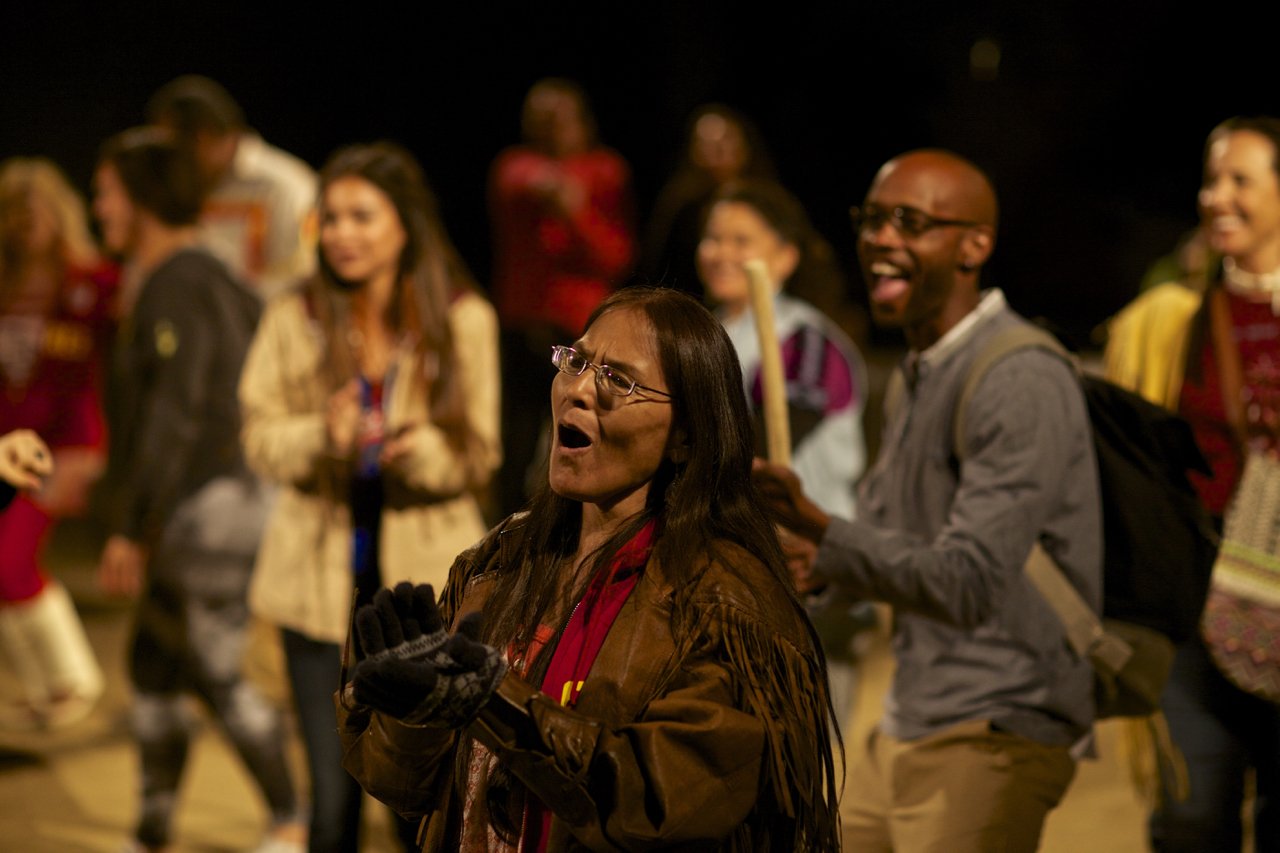Philanthropic Overview
According to Grantmakers in the Arts, “Within other oppressed peoples’ communities (including women, members of the LGBTIQ+ community, people with disabilities, and others), it has been well-documented that people of color still face the worst social outcomes.”
Collaborative Artists Bloc
“Nonprofits are worried that the rubber band will snap back now that Covid is starting to recede.”
— Tonya Allen, President of the McKnight Foundation; Kathleen Enright, Council on Foundations President and CEO; and Hilary Pennington, Ford Foundation Executive Vice President of Programs
Achieving long-term financial sustainability is the most cited financial challenge across the sample.
82% of BIPOC-led organizations reported this as a top need, as did 69% of white-led organizations.
However, a 2022 report from the Nonprofit Finance Fund Survey looked at Los Angeles-area nonprofits and found that racial disparities persist in funding for LA BIPOC-led versus white-led nonprofits.
65% of white-led respondents ended FY 2021 with a surplus, while only 55% of BIPOC-led respondents did so.
Among BIPOC led respondents, 45% of Black-led respondents reported having a surplus.
59% of white-led respondents reported having fiscal reserves.
Only 46% of BIPOC-led respondents did so.
Among BIPOC-led respondents, 27% of Black-led respondents reported having reserves.
A 2022 Nonprofit Finance Fund survey shows that compared to nonprofits led by people of color, white-led nonprofits received:
13%
more
corporate funding
15%
more
unrestricted funds
Unrestricted funding is critical for most nonprofits.
It lets them decide how to spend their funds to best support their work.
14%
more
federal funding
41%
of white-led nonprofits received 50%+ of their funding as unrestricted funds
36%
of ALL nonprofits received more than half of their funding in unrestricted funds in FY 2021
but when broken down, we still see an inequity as
36%
of BIPOC-led nonprofits received 50%+ of their funding as unrestricted funds
And while most nonprofits across the sample saw an increase in demand for services over the last two years…
64%
of BIPOC-led organizations saw a significant increase in demand
(10%+ increase in demand)
VS
14%
of white-led organizations
BIPOC-led non-profits are more likely to have leadership that represents the communities they serve:
57%
of BIPOC CEOs/EDs have lived experience that is representative of one or more of the communities their organization serve
compared to
18%
of white CEOs/EDS
Meanwhile, leaders of color bring
15%
more lived experience representative of the communities they serve than white leaders.
According to the CEP, “For years, foundation leaders have known that they could be working differently and in ways that they believe would lead to greater impact. Calls for changes in practice have come for decades, too, from many philanthropic and nonprofit leaders who have asked funders to, for example, provide more flexible and unrestricted funding; streamline and simplify processes; listen to, trust, and support their grantees; and pursue racial equity and racial justice.”
BIPOC-led organizations were more likely than white-led organizations to take public action about racial equity:
for instance, 59% of BIPOC-led organizations publicly advocated for policies to advance racial equity in the communities they serve, compared to 41% of white-led organizations.
Although funders are increasingly trying to support these nonprofits and deepen their own focus on racial equity, a
Center for Effective Philanthropy (CEP) survey of shows that
1/3
of interviewed nonprofit leaders said “funder actions on racial equity didn’t match their rhetoric.”
Cornerstone Theater Company
But there had been little evidence of change….
Prior to the pandemic, general operating support (GOS) had been essentially flat at about 20% of total foundation grants. Despite increasingly favorable attitudes toward multi-year general operating support, these grants remained rarer still.
And despite past calls for funders to focus on DEI and racial equity, there was little documented change in foundations’ work prior to 2020; this includes how philanthropic strategies considered the role of race and racism in the problems that they seek to address, the racial diversity of foundation staff and boards of directors, and how funding was allocated— particularly to organizations led by people of color or investing in communities most impacted by systemic inequities.






